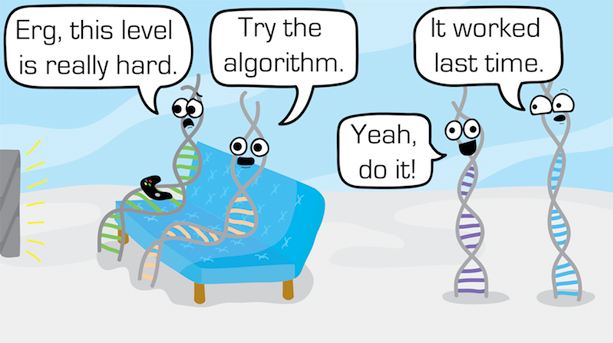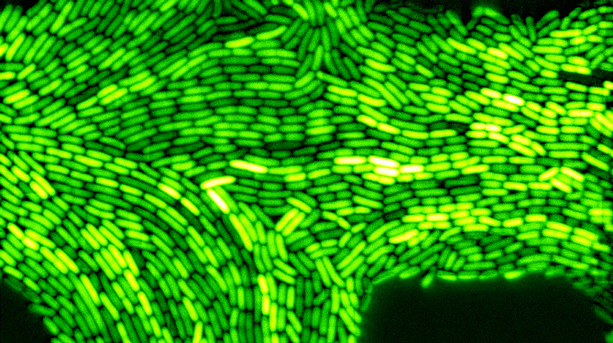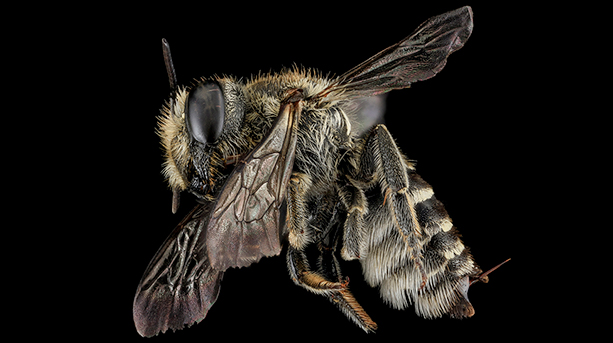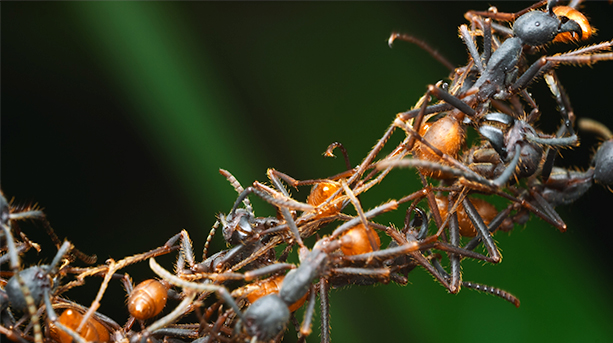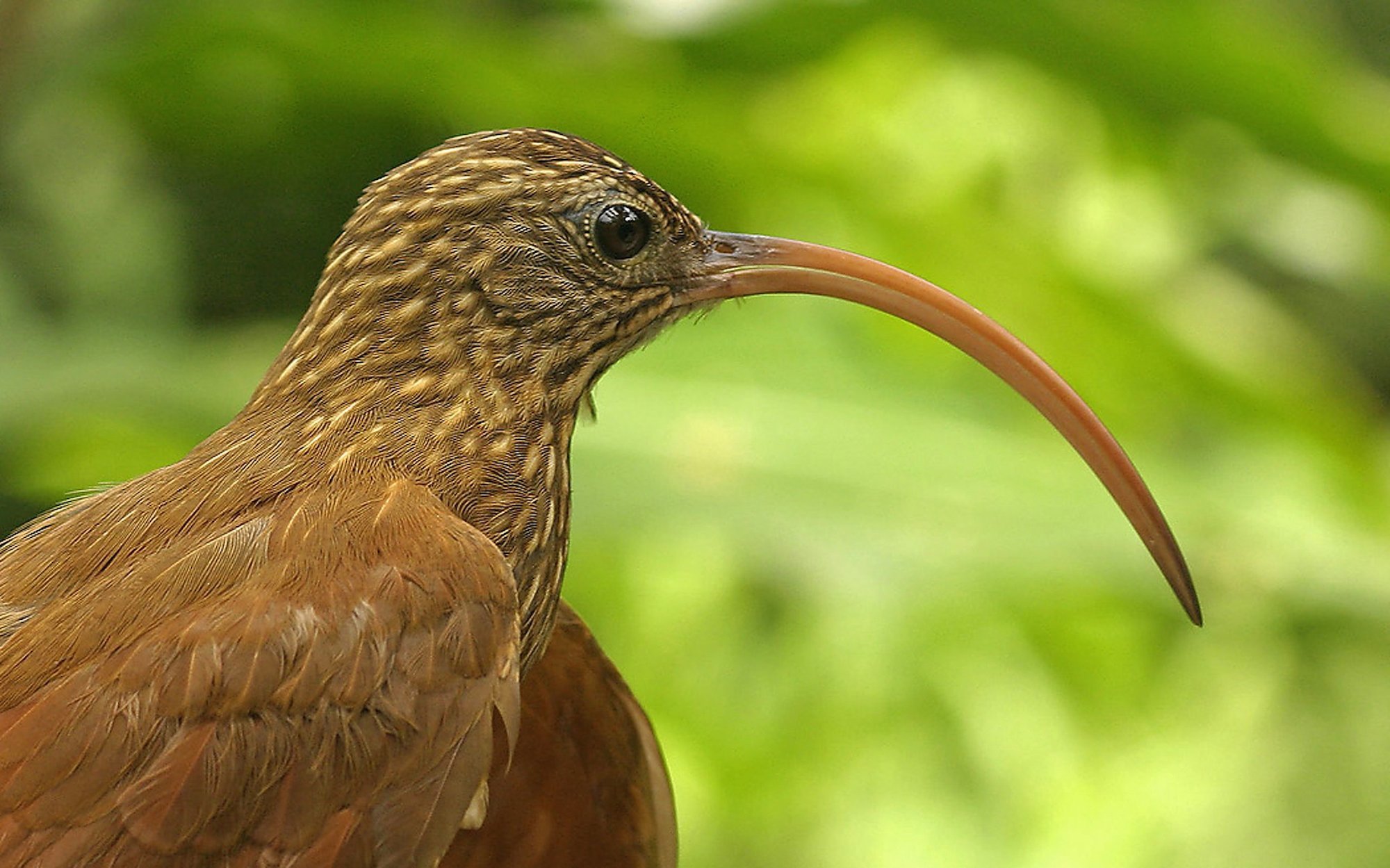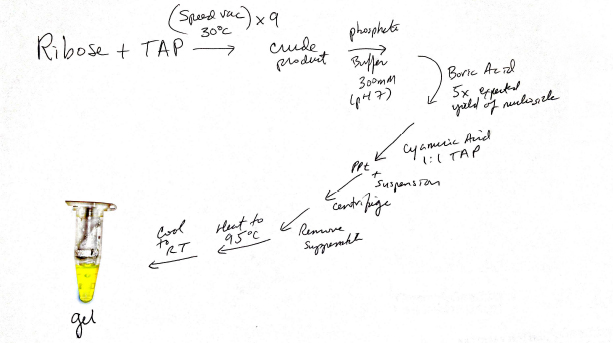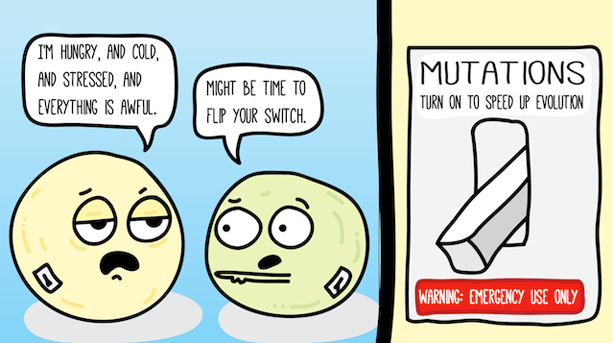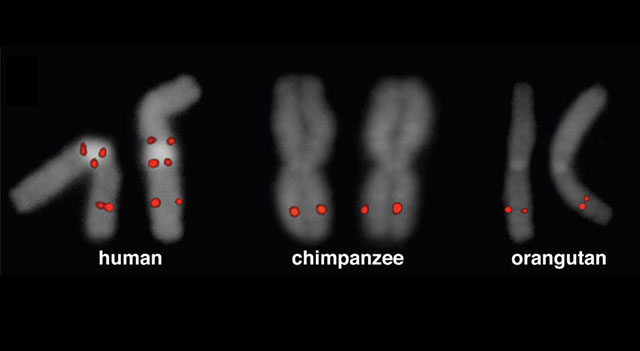Latest Articles
The Game Theory of Life
An insight borrowed from computer science suggests that evolution values both fitness and diversity.
Inside the Din, Cells Fight Noise With Noise
Is the random noise inside a cell a nuisance, or have cells evolved ways to put it to work?
In Bees, a Hunt for Roots of Social Behavior
By comparing the genomes of social and solitary bees, scientists hope to uncover the basis for communal behavior.
The Remarkable Self-Organization of Ants
Knowing the rules behind ant-made structures could help scientists understand how other complex systems emerge in nature.
Does Competition Drive Diversity of Species?
A large new study of ovenbird lineages questions the extent to which competing species push each other to evolve.
Scientists Reveal Structure of Pain Sensor
Scientists have finally resolved the structure of the molecule that responds to chili peppers, high temperatures and spider toxins.
Chemists Seek Possible Precursor to RNA
Scientists have discovered building blocks similar to those in modern RNA that can effortlessly assemble when mixed in water and heated.
Under Pressure, Does Evolution Evolve?
Some organisms respond to stress by driving up their mutation rate. Are they evolving specific mechanisms to enhance evolution in times of crisis?
A Missing Genetic Link in Human Evolution
Mysterious episodes of genetic duplication in our great ape ancestors may have paved the way for human evolution.

